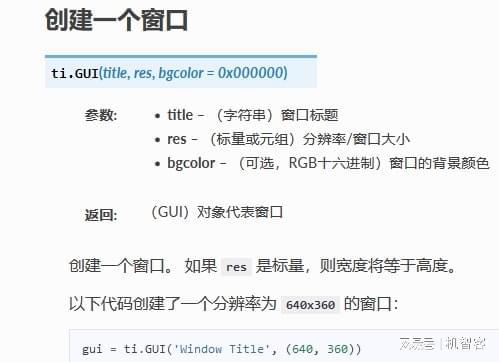```html
Exploring the Intersection of Programming and Graphic Design
Programming languages and graphic design may seem like two distinct fields, but they often intersect in fascinating ways, especially with the rise of computational design and creative coding. Let's delve into this convergence and explore how programmers can leverage their skills to enhance graphic design:
Computational design involves using algorithms and programming languages to generate visual outputs. By writing code, designers can create intricate patterns, complex shapes, and dynamic visuals that would be challenging or impossible to achieve manually. Languages such as Processing, p5.js, and Python's libraries like matplotlib and seaborn are popular choices for computational design.
Generative art is a form of art created with the use of autonomous systems, such as algorithms or robots. Programmers can write code to produce artwork that evolves, mutates, or reacts to its environment. This approach encourages exploration and experimentation, leading to unique and unpredictable designs.
Data visualization involves presenting data in a graphical or pictorial format. Programmers proficient in languages like JavaScript (D3.js), Python (Matplotlib, Plotly), or R can create visually engaging charts, graphs, and infographics that effectively communicate complex information. Understanding both programming and design principles is crucial for producing informative and aesthetically pleasing visualizations.
UI design focuses on creating interfaces that users interact with. While graphic designers traditionally handle the visual aspects, programmers contribute by implementing the functionality using languages like HTML, CSS, and JavaScript. This collaboration ensures that the design is not only visually appealing but also intuitive and responsive.
With the advancement of web technologies and multimedia frameworks, programmers can develop interactive experiences that blur the lines between software and art. Whether it's a webbased game, an interactive installation, or a mobile app with engaging visuals, programming is at the core of bringing these experiences to life.
AR and VR technologies offer immersive experiences by overlaying digital content onto the real world (AR) or creating entirely virtual environments (VR). Programmers proficient in languages like C, Unity, or Unreal Engine can develop interactive AR/VR applications that merge digital graphics with the physical world, opening up new avenues for creative expression.
Automation tools powered by programming languages can streamline repetitive design tasks, such as batch processing images, generating design variations, or formatting documents. By writing scripts or developing plugins, designers can increase efficiency and focus more on the creative aspects of their work.
Effective collaboration between programmers and graphic designers is essential for successful projects. Both parties should strive to understand each other's perspectives, workflows, and constraints. Tools like version control systems (e.g., Git), design collaboration platforms (e.g., Figma, Adobe XD), and project management tools facilitate communication and ensure alignment throughout the design and development process.

The fusion of programming and graphic design opens up a world of creative possibilities, enabling designers to go beyond static visuals and create dynamic, interactive experiences. By embracing computational thinking and learning to code, graphic designers can enhance their skill set and stay at the forefront of innovation in the digital age.
